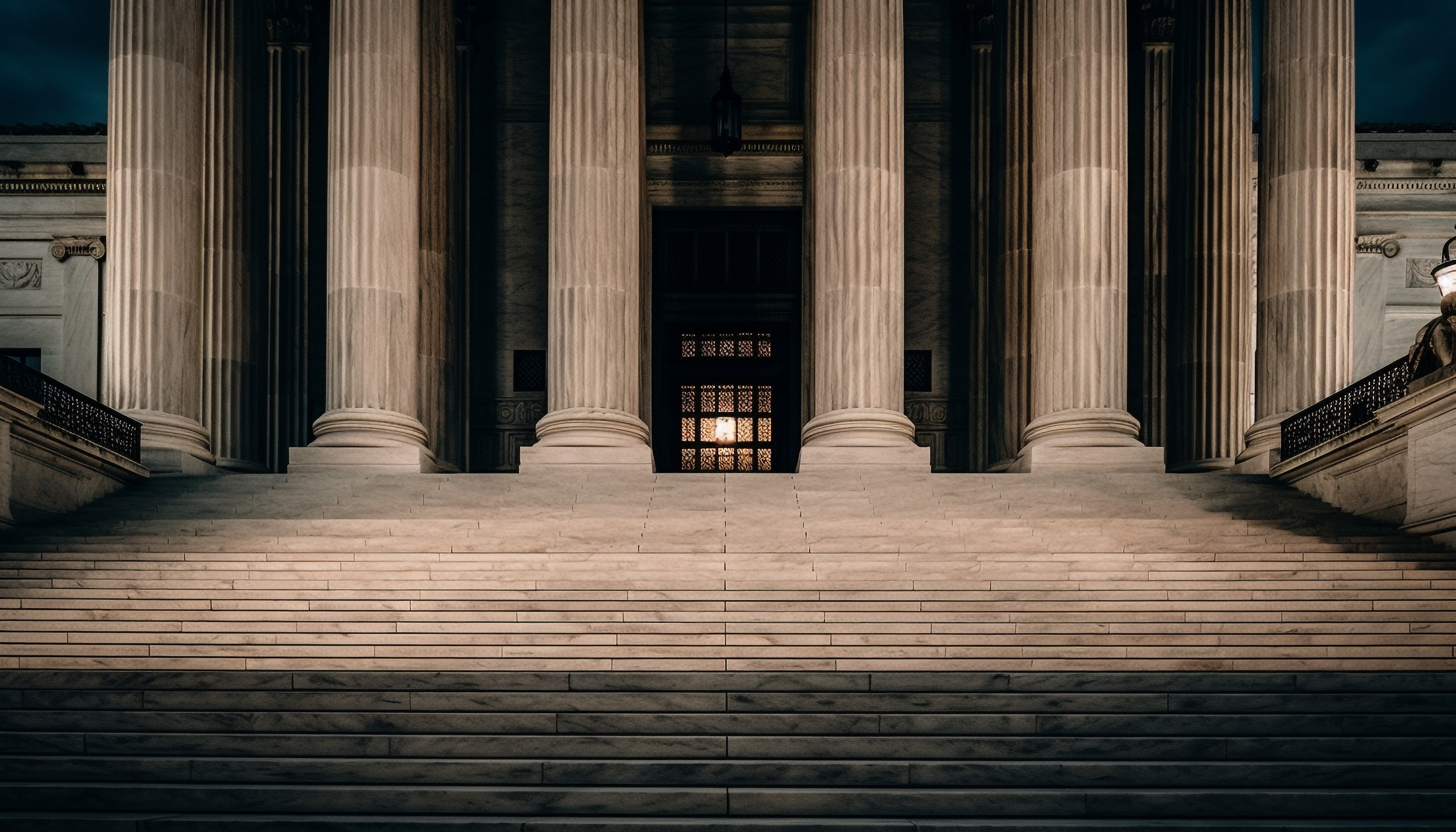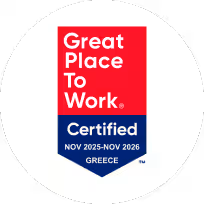Repackaging Beauty for the Circular Economy, 2025 Market Trends

Overview:
- Sustainable cosmetic packaging refers to eco-conscious design and manufacturing of packaging used in beauty and personal care products, prioritizing recyclability, biodegradability, refillability, and low environmental impact.
- Industry momentum is accelerating due to stricter regulations (e.g., EU's PPWR), increasing consumer awareness, and the emergence of scalable chemical recycling and monomaterial formats.
- Key players are responding with innovative packaging solutions, transitioning from multi-material to recyclable formats and engaging in cross-sector collaboration to enable circularity.
Market Size & Growth
- The global cosmetic packaging market is expected to grow from USD 55.38 billion in 2024 to USD 79.99 billion by 2032, at a CAGR of 4.82%.
- Precedence Research projects the sustainable cosmetics packaging market to reach USD 59.80 billion by 2034, up from USD 38.22 billion in 2025 (CAGR: 5.10%).
- The sustainable packaging market overall (across industries) is projected to grow from USD 301.8 billion in 2025 to USD 530.4 billion by 2035, growing at a 5.8% CAGR.
Key Growth Drivers
- Consumer preference: 54% of U.S. consumers deliberately choose products with sustainable packaging.
- Innovation: Chemical recycling enables regenerated plastics with similar aesthetic and mechanical properties to virgin materials, supporting monomaterial solutions.
- Regulation: The EU's PPWR mandates recyclability standards and packaging-to-product ratio guidelines, prompting packaging suppliers to invest in compliant solutions.
M&A Overview
- Large suppliers are acquiring startups focused on eco-design and refill systems to scale innovation capacity (e.g., Albéa, Aptar investing in refill technologies.
- Multinational packaging leaders are consolidating operations across Europe and Asia to strengthen supply chains aligned with circular design goals.
- Investment activity is growing around chemical recycling startups, particularly those supporting polyolefin and PET feedstock transformation for cosmetics applications.
AI’s Role
- AI-enabled design tools are helping packaging companies simulate material behavior and optimize for recyclability and weight reduction.
- Predictive analytics are being used to forecast demand for refillable and monomaterial formats across beauty segments.
- AI-supported sorting systems are emerging in advanced recycling plants to improve post-consumer material recovery and quality consistency.
Competitive Landscape
- 63% of beauty brands now offer at least one refillable product, though consumer adoption remains uneven.
- Kiehl’s saved 122 tonnes of plastic in 2024 through refill pouches, reducing material by up to 81% compared to traditional jar formats.
- APAC is leading in volume, with USD 16.36 billion in 2024 cosmetic packaging sales, growing at a 5.21% CAGR.
Sources:Fortune Business Insights, Precedence Research, Future Market Insights, Innovation News Network, Albea Group, GCI Magazine, Vogue Business, Towards Packaging
-p-1600.avif)










.avif)









-01.avif)


